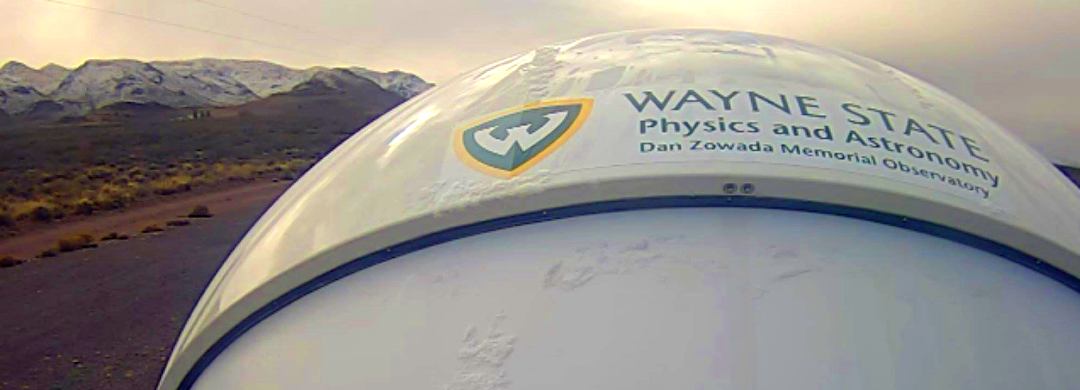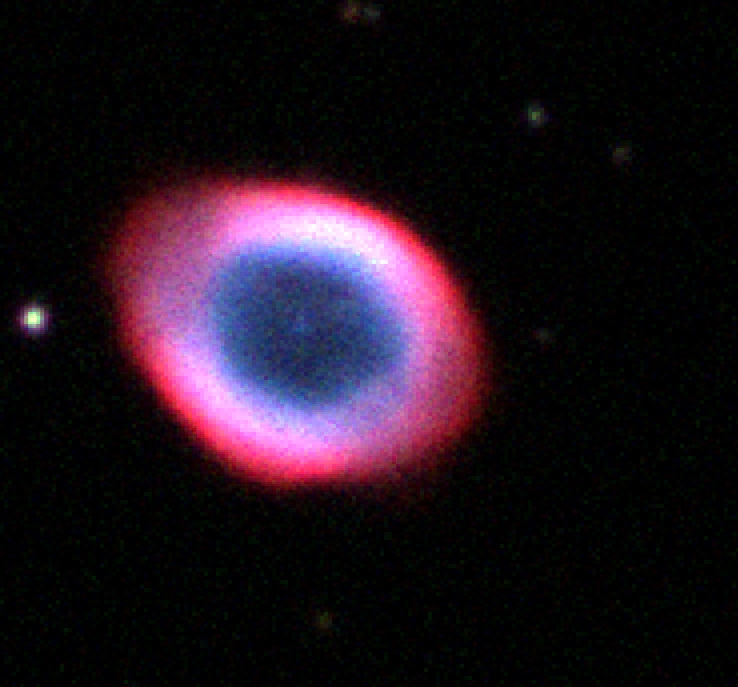Zowada Observatory still shoots the stars despite quarantine

While Michigan's stay-at-home order has halted much of Wayne State's research activity, some studies have seen little interruption. And, in the Department of Physics and Astronomy, the research subjects that are the farthest away, have proven to be the easiest to investigate.
Astrophysicist Ed Cackett has been using the Dan Zowada Memorial Observatory to study black holes since it was gifted to the university in 2018. Since the observatory can be controlled from anywhere with an internet connection, Cackett's research has been chugging along unfettered.
"The Zowada Observatory hasn't stopped working during the lockdown," says Cackett. "We're still taking data every night that the weather allows." Nestled in the desert of southwest New Mexico, cloudy skies are rarely an issue for the 20-inch robotic telescope.

Since working remotely, students in David Cinabro's Astronomy Techniques Lab have used the Zowada to explore the Ring Nebula, a planetary nebula located more than 2,000 light-years from Earth. The students scheduled their observations using the telescope's web interface and had the data sent to their home computers where they colorized it.
This week, the department announced that the first refereed article using Zowada Observatory data will be published in the Astrophysical Journal. The research, led by Cackett, involved monitoring the variations in the brightness of the gas falling into a supermassive black hole at the center of a galaxy known as Markarian 142.
Cackett and his team followed the brightness changes on a daily basis for seven months with the Zowada Observatory along with a range of other telescopes including NASA's Swift satellite, the Las Cumbres Observatory and the Liverpool Telescope. By measuring the time lags between the brightness variations at different wavelengths of light they were able to probe the size of the disk of gas spiraling into the black hole.
Their findings show that the disk is large and consistent with it swallowing up material at an especially high rate. The Zowada Observatory played a crucial role - of all the ground-based observatories used, it collected the most data.
Cackett and his team will continue to use the Zowada to perform similar observations of other supermassive black holes to better understand how gas falls into them.
A preview of the journal article can be found here: Supermassive black holes with high accretion rates in active galactic nuclei.